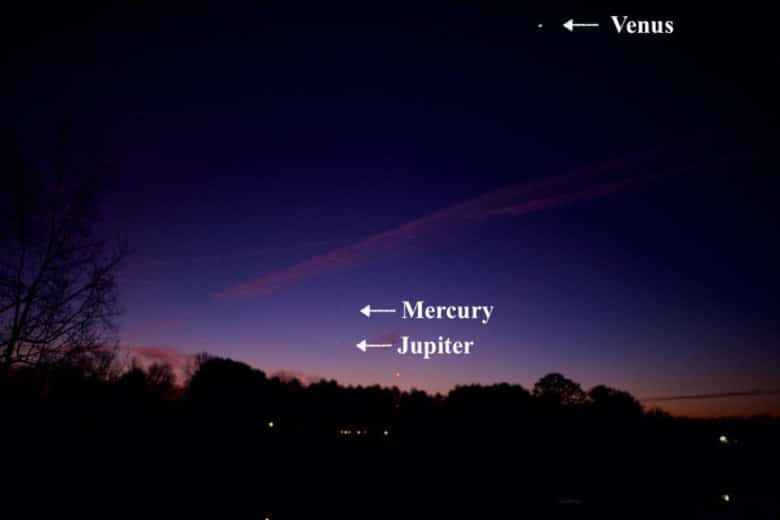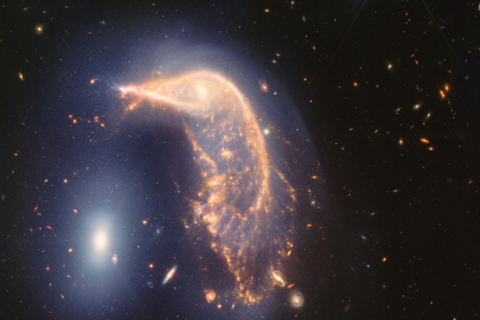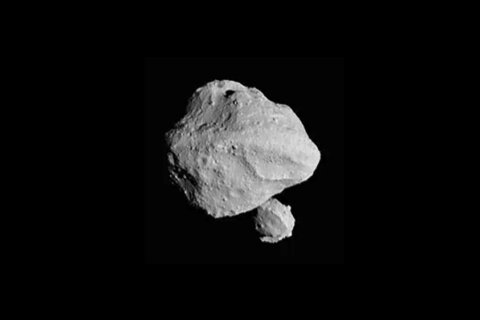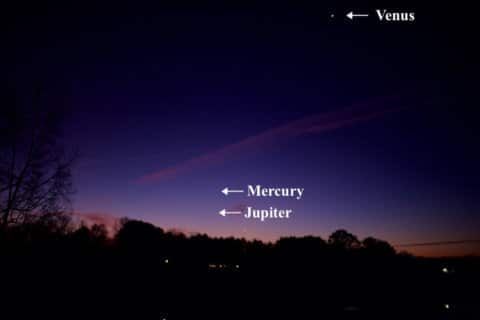
WASHINGTON — Well, here we go again, with inches of rain coming to the DMV. Hey, does anybody else wish it was snow instead, like I do? I’d much rather have a snow-covered Christmas, and I bet most of you would too.
Believe it or not, winter officially arrives Dec. 21 at 5:23 p.m. EST. Astronomically speaking, this is the date and time of the winter solstice for the Northern Hemisphere and the summer solstice for the Southern Hemisphere. It’ll be the longest night of the year. Starting on Saturday, the Sun will start climbing higher in the sky each day, with an ever-so-slightly increasing length of daylight.
The Earth’s seasons are caused by the Earth’s orbit around the Sun and the 23.5-degree tilt of our planet’s axis. This causes the amount of sunlight falling on the Earth’s Northern and Southern hemispheres to constantly change. The two hemispheres are always opposite in their seasons — our fall is their spring while our summer is their winter.
Saturday also sees the Full Cold Moon at 12:49 p.m. EST. The Moon will be at its highest in the sky for the entire year around midnight. What a sight that would be if there was snow on the ground to capture all of that moonlight! A true winter wonderland would be ours.
If you are up at least 30 minutes before dawn on Dec. 21 and 22, and you have a clear view of the southeast horizon, be sure to look for blazing Venus, the “Morning Star” — you can’t miss it. To the lower left of Venus, near the horizon, you will see two other somewhat bright “stars” — they are Mercury, the planet closest to the Sun, and, below that, Jupiter, the biggest of the planets. They will be about a degree apart and quite the sight, as you can see in my pics of them from this week.
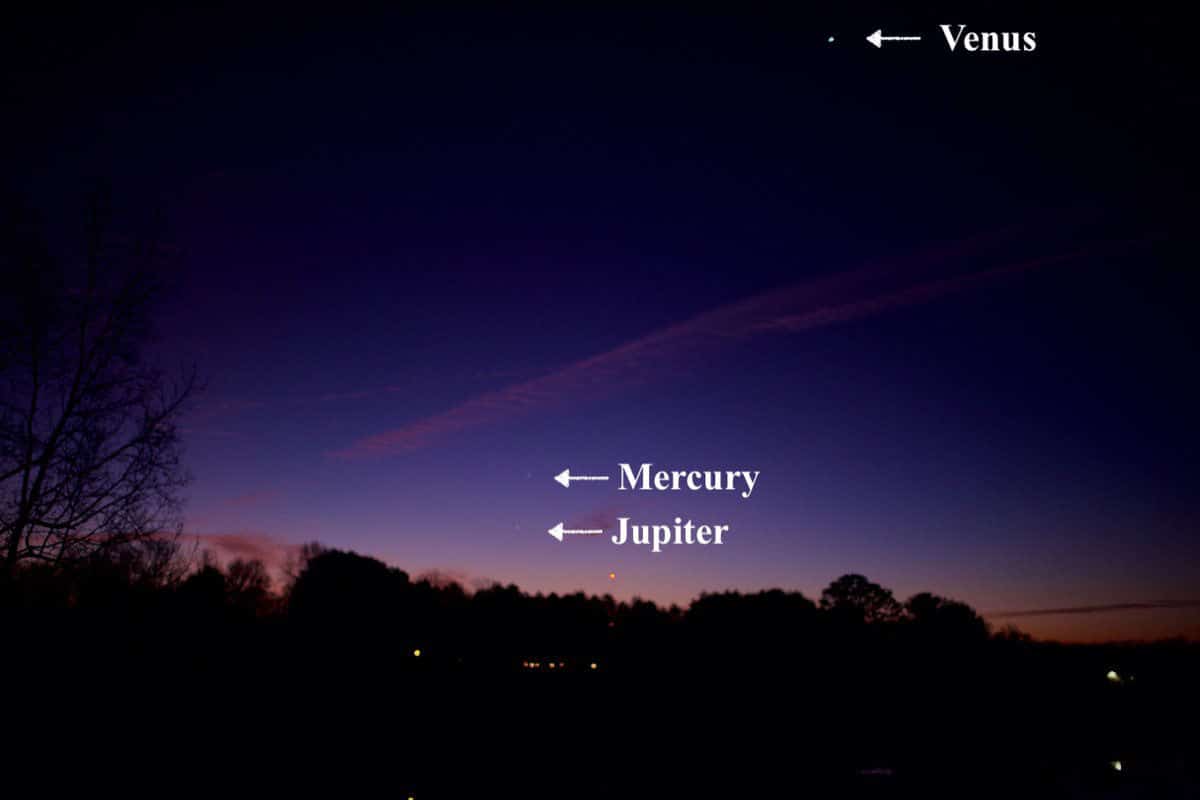
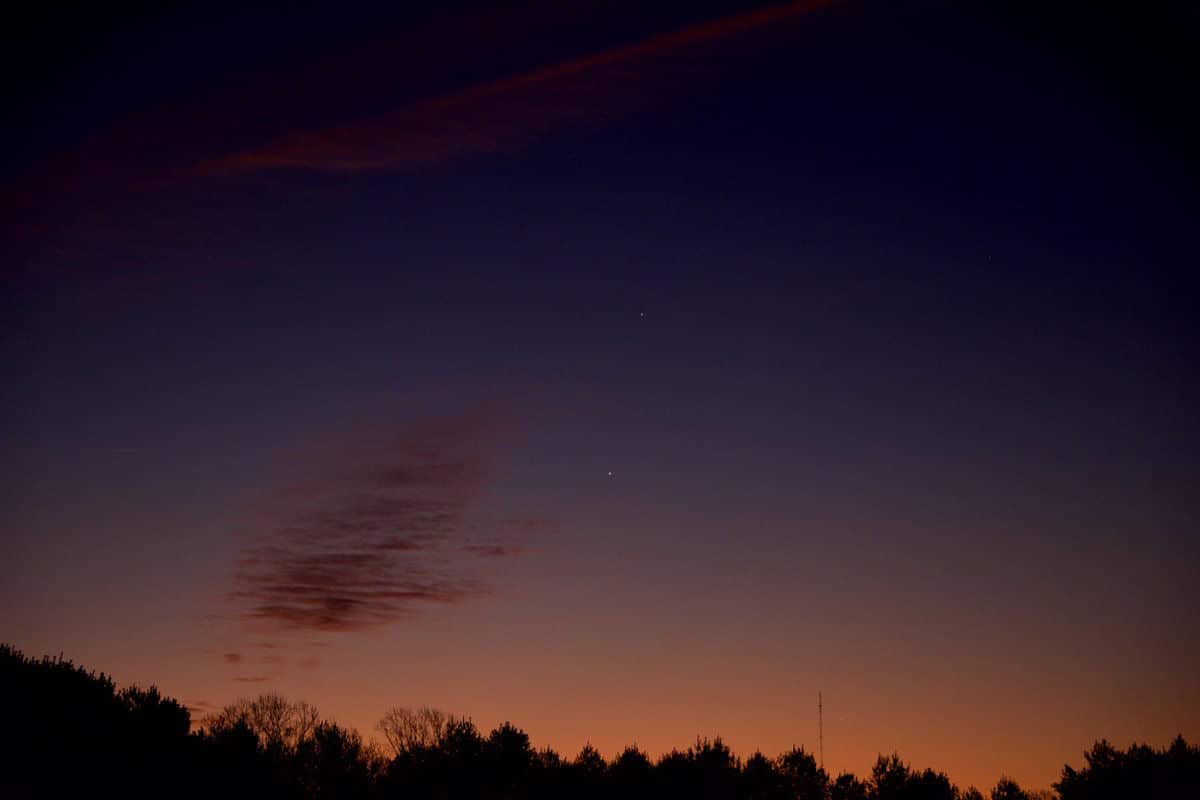
The Ursids Meteor Shower is predicted to peak on the night of Dec. 21-22, but the almost-full Moon will probably hamper the view.
The “Christmas Comet” (Comet 46P/Wirtanen) called because it is in the sky for the holiday season — is also a victim of the Full Moon and pretty hard to see without good binoculars or a telescope.
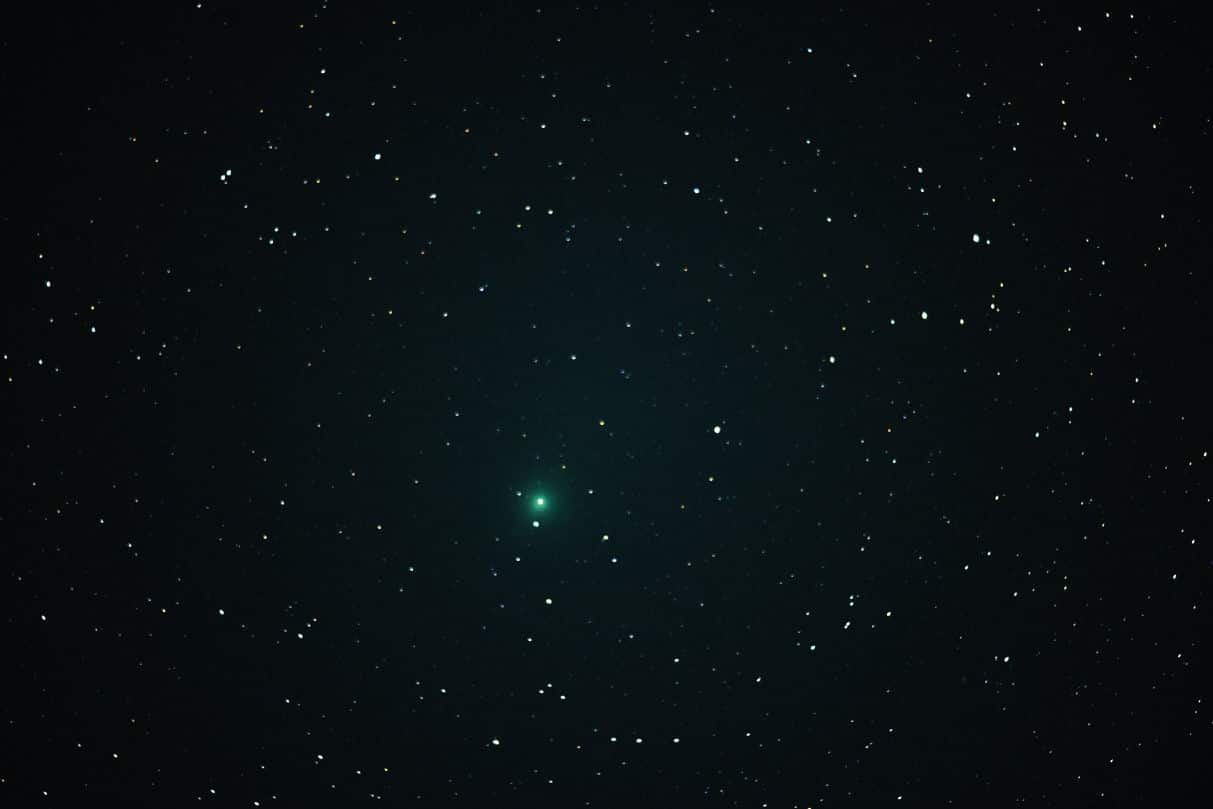
I will have an Apollo 8 50th anniversary story for you on Dec. 24, and my Top Space Story for 2018 as well as the New Horizons flyby of Ultima Thule on New Year’s Day 2019.
Follow me at Twitter @skyguyinva and my daily blog at www.whatsupthespaceplace.com to keep up with the latest news in astronomy and space exploration. You can email me too.

